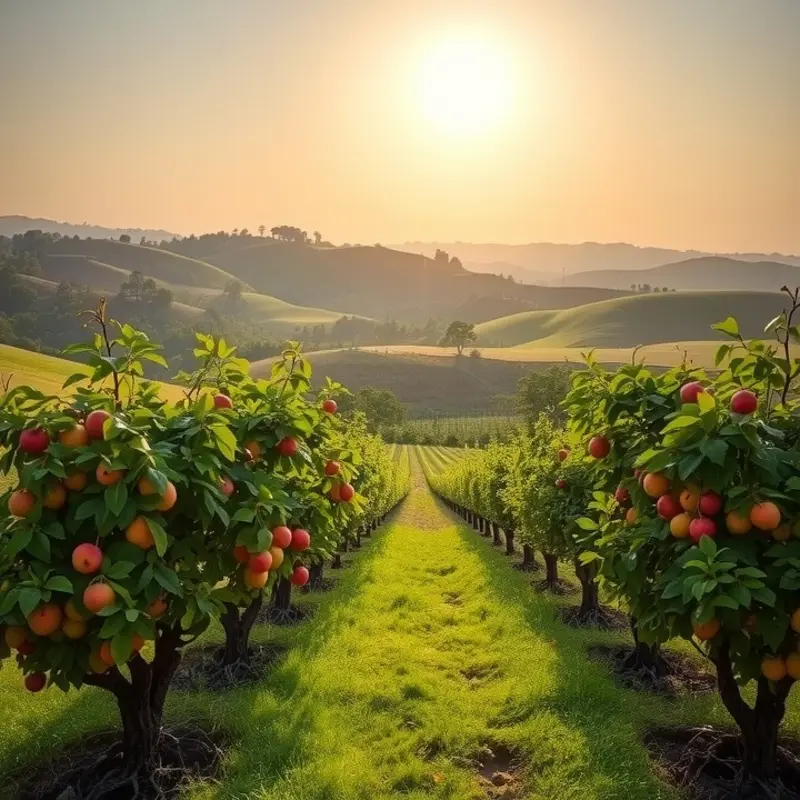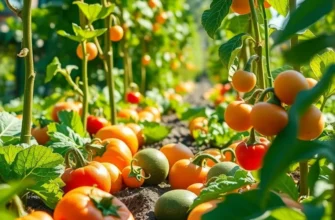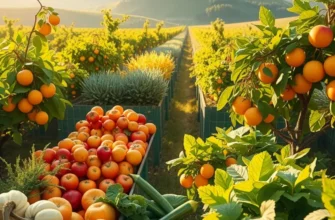Ancient culinary rituals reveal fascinating insights into the lives of our ancestors, where food was often intertwined with spirituality, community, and culture. From Thanksgiving feasts in the Americas to the ancestral offerings in Asia, these traditions shaped gastronomic practices through the ages. In this exploration, we delve into unique rituals that not only celebrate individual ingredients but also honor the connection between food and heritage. Prepare to savor the stories behind the dishes that have transcended time.
The Role of Food in Spiritual Practices

Food has always been more than just sustenance in ancient societies. It was a fundamental part of spiritual rituals, reflecting the deep bond between humans and their environment. Each culture imbued specific ingredients with spiritual significance, weaving them into the fabric of their religious and communal lives.
In Native American ceremonies, maize, or corn, transcends its role as a staple food. Seen as sacred, maize symbolizes life and fertility. Rituals involving maize often marked the changing seasons, celebrations of harvest, and tributes to deities. These gatherings were not merely about the crop itself but also about strengthening the community. Communal feasts after the ceremonies fostered social ties and reinforced cultural identity through shared rituals and stories passed down generations.
Meanwhile, in various Asian cultures, fermented foods were integral to offerings in spiritual practices. Kombucha, fermented rice, and other items were left at altars, symbolizing transformation and preservation, key aspects of human life and spirituality. These practices underscored the belief in life’s cyclical nature, where fermentation represented both preservation and change. Communities participated collectively in the preparation and offering of these foods, ensuring continuity of tradition and communal unity.
Bread in Mediterranean traditions carries profound symbolic weight, often linked to life and divine providence. In religious ceremonies, from the Greek god Demeter to the Christian Eucharist, bread represented the presence of the divine. Its preparation and sharing were spiritual acts themselves. These gatherings allowed for communal reflection and gratitude, with bread serving as a tangible link between humans and their spiritual beliefs.
These culinary practices illuminate how food acted as a bridge between the material and spiritual worlds. They also highlight the importance of shared rituals in maintaining social cohesion. The communal aspects of these ceremonies ensured the transmission of essential cultural values and wisdom. In today’s exploration of historical culinary practices, one can see a reflection of sustainable and thoughtful food usage, resonating with contemporary eco-friendly practices such as those described in eco-smart kitchen storage.
Across cultures, the role of food in spiritual practices highlights a universal truth: nourishment goes beyond mere physical sustenance. It feeds the spirit, connects communities, and carries the weight of cultural and spiritual heritage. Understanding these ancient rituals offers a glimpse into how our ancestors found meaning and unity through the act of eating together.
Feasting: Community, Tradition, and Heritage

Throughout history, the practice of feasting has transcended mere consumption, evolving into a powerful tool for community building and cultural expression. Feasting marks significant milestones, often tied to natural and religious cycles, facilitating communal experiences that reinforce social bonds. In the Americas, Thanksgiving began as a harvest celebration, bringing together communities to share the bounties of the earth. It remains a time to express gratitude, a tradition passed down through generations, reshaping itself with each family’s unique customs.
Across Europe, harvest festivals such as Oktoberfest and Lammas have long celebrated nature’s abundance. These gatherings historically served as vital communal events, where people could enjoy the fruits of their labor after a season of intensive work. Food and drink play crucial roles in these celebrations, where traditional dishes highlight local ingredients and culinary practices. This fosters a sense of regional pride and continuity, as recipes are handed down and adapted over time.
In Asia, feasting accompanies many religious and seasonal rites, with communal meals central to events such as the Chinese New Year. Families come together to indulge in symbolic foods like fish, dumplings, and sticky rice cakes, each dish carrying cultural significance and promising prosperity, wealth, or happiness in the coming year. These shared meals strengthen familial bonds and impart cultural heritage to younger generations.
Similarly, African cultures frequently incorporate large communal meals into ceremonies and celebrations. These events, often centered around life milestones such as weddings or births, allow individuals from different communities to connect, creating a shared cultural narrative. In countries like Ethiopia, the coffee ceremony serves not only as a social gathering but as a spiritual practice, reinforcing hospitality and community ties.
The act of sharing food extends beyond simple sustenance; it is a means by which cultural values are transmitted. Feasts provide opportunities for storytelling, the exchange of wisdom, and the reinforcement of traditions. This social glue is crucial for maintaining communal harmony and ensuring cultural practices endure.
In many parts of the world, the art of hosting and participating in these communal feasts continues to evolve. Modern adaptations might include eco-conscious practices, blending tradition with sustainability, as seen in eco-smart kitchen storage. Such shifts emphasize the enduring importance of these gatherings in adapting to changing societal norms while retaining cultural significance.
Feasting, thus, offers a rich tapestry of history, storytelling, and communal joy. By taking part in these shared culinary experiences, individuals reaffirm their connection to their community and heritage, celebrating the timeless rituals that have united people throughout millennia.
Final words
Ancient culinary rituals serve as a gateway to understanding the lives of our ancestors and their relationship with food. These practices not only highlight the significance of meals in forging social bonds but also reveal the interconnection between spirituality and culinary arts. As food enthusiasts and culturally curious readers, exploring these age-old traditions offers an enlightening perspective on how diverse communities celebrate their cultures through cuisine, leaving a legacy that continues to inspire contemporary culinary practices. Embracing the richness of these rituals enhances our appreciation for global cuisines and reminds us of the power of food as a unifying force.








